 (Continued. The beginning in № 3 2005)
(Continued. The beginning in № 3 2005)
Supersonic strategic bomber CONVAIR B-58 HUSTLER. Not waiting for the completion of flight tests, August 1, 1960 the U.S. air force has adopted a strategic bomber b-58A HUSTLER. Probably, this decision was more political than military. And it was associated with adopting in the summer of 1960 the first Soviet supersonic bomber Tu-22. By the way, his prototype under the designation “105” first took to the air on June 21, 1958, a year and a half later American aircraft.
Read more
 Middle bomber BB-22 has left its mark in the domestic aviakonstruktorov. About him was legendary. Indeed, this plane was far ahead at the speed of modern bombers, and some fighters.
Middle bomber BB-22 has left its mark in the domestic aviakonstruktorov. About him was legendary. Indeed, this plane was far ahead at the speed of modern bombers, and some fighters. Middle bomber BB-22 has left its mark in the domestic aviakonstruktorov. About him was legendary. Indeed, this plane was far ahead at the speed of modern bombers, and some fighters.
Middle bomber BB-22 has left its mark in the domestic aviakonstruktorov. About him was legendary. Indeed, this plane was far ahead at the speed of modern bombers, and some fighters.
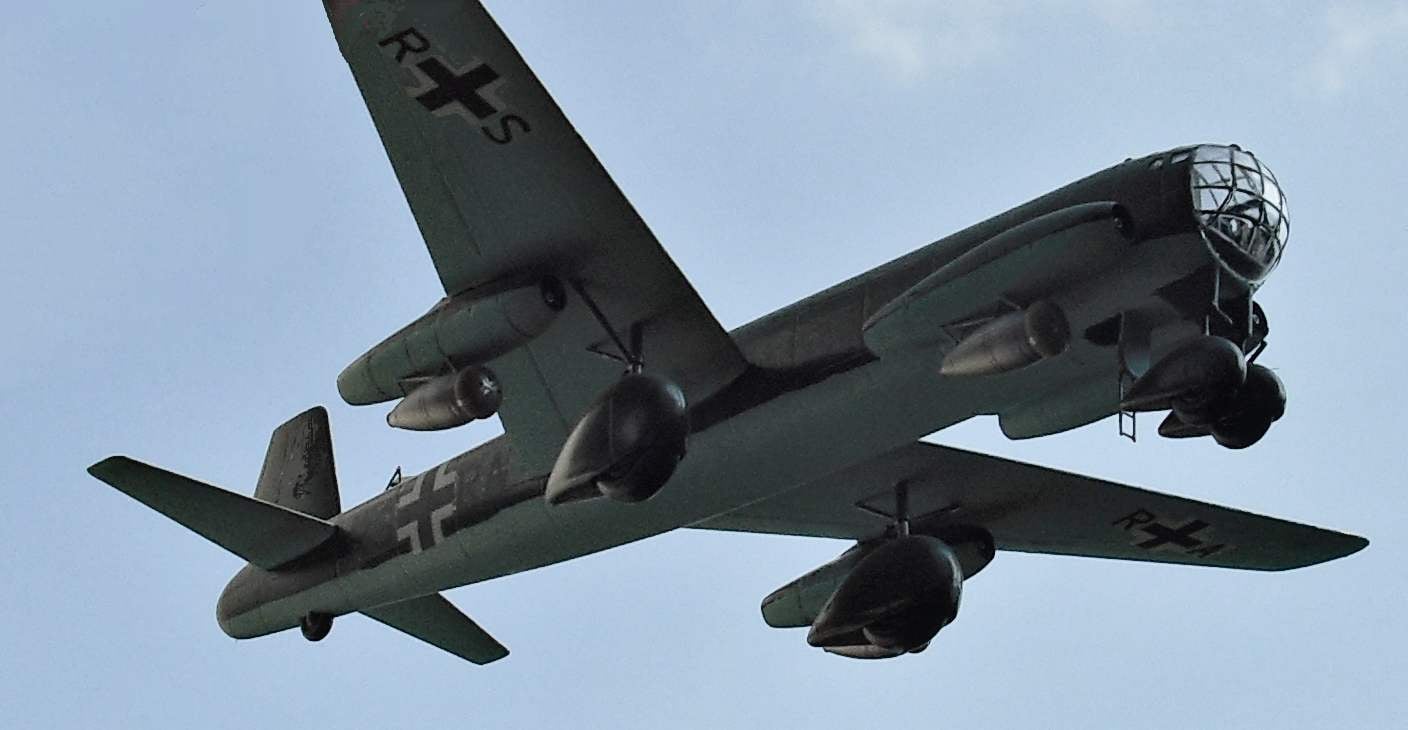
 Some of the development of German designers during the Second world war continue to surprise the experts to this day. These include the creation of jet Sukhoi company “Junkers”.
Some of the development of German designers during the Second world war continue to surprise the experts to this day. These include the creation of jet Sukhoi company “Junkers”.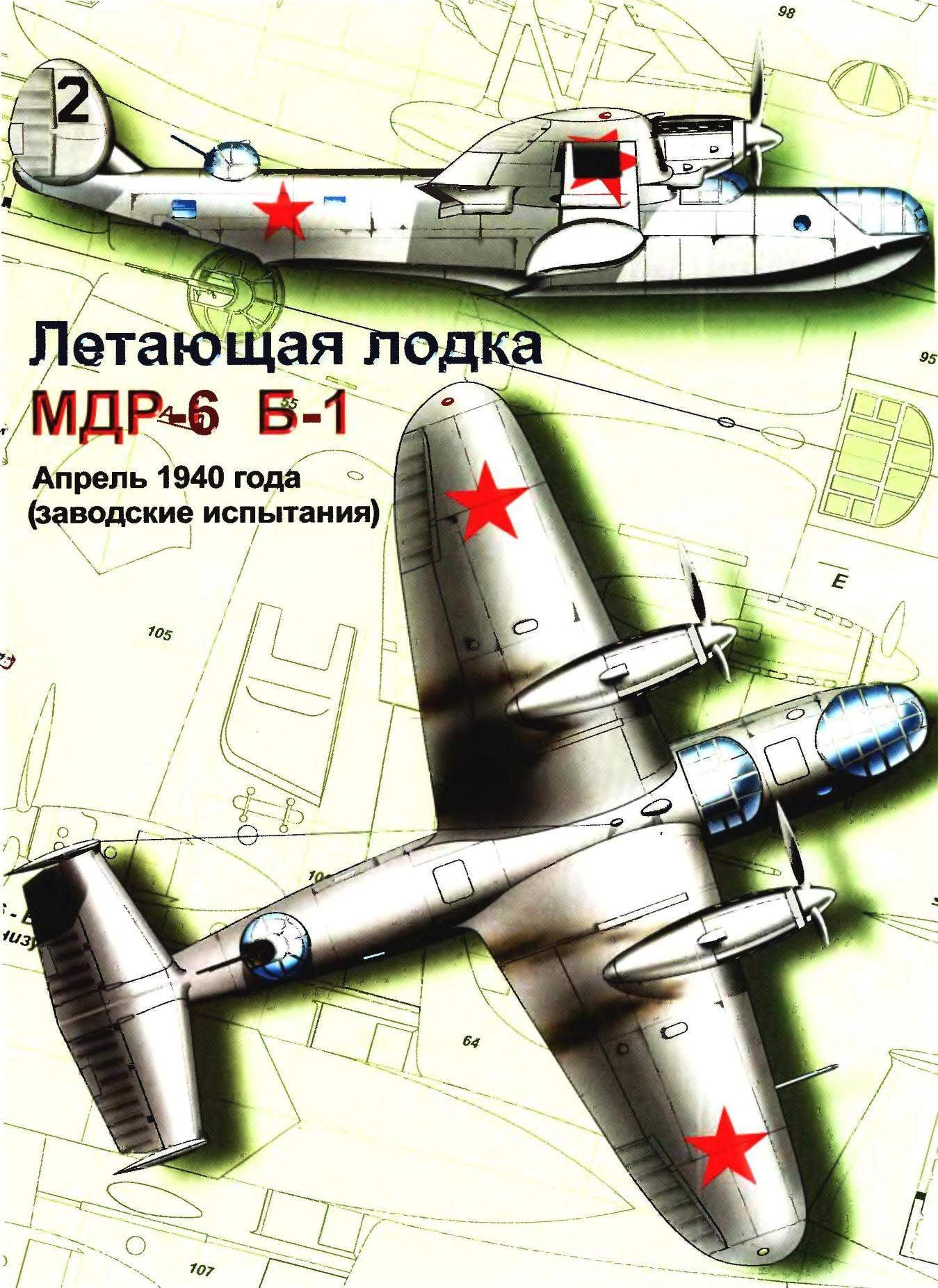
 Flying boat MDR-6 (Che-2). So say the historians of aviation, Soviet flying boat MDR-6 design Igor V. Chetverikova was one of the most elegant production of the Soviet seaplanes. Its clean aerodynamic shape and streamlined contours of the fuselage talked about the desire of the designer to create an aircraft that combines high speed and greater range. In fact, when creating the MDR-6 was used the experience of the most advanced aviation companies, created flying boats in the mid 30-ies of the last century. Elegant aircraft has left an appreciable trace in the history of Soviet Russia, and the threat of war and, consequently, the growing need to land the aircraft did not allow him to become the most massive flying boat of the Soviet Navy.
Flying boat MDR-6 (Che-2). So say the historians of aviation, Soviet flying boat MDR-6 design Igor V. Chetverikova was one of the most elegant production of the Soviet seaplanes. Its clean aerodynamic shape and streamlined contours of the fuselage talked about the desire of the designer to create an aircraft that combines high speed and greater range. In fact, when creating the MDR-6 was used the experience of the most advanced aviation companies, created flying boats in the mid 30-ies of the last century. Elegant aircraft has left an appreciable trace in the history of Soviet Russia, and the threat of war and, consequently, the growing need to land the aircraft did not allow him to become the most massive flying boat of the Soviet Navy.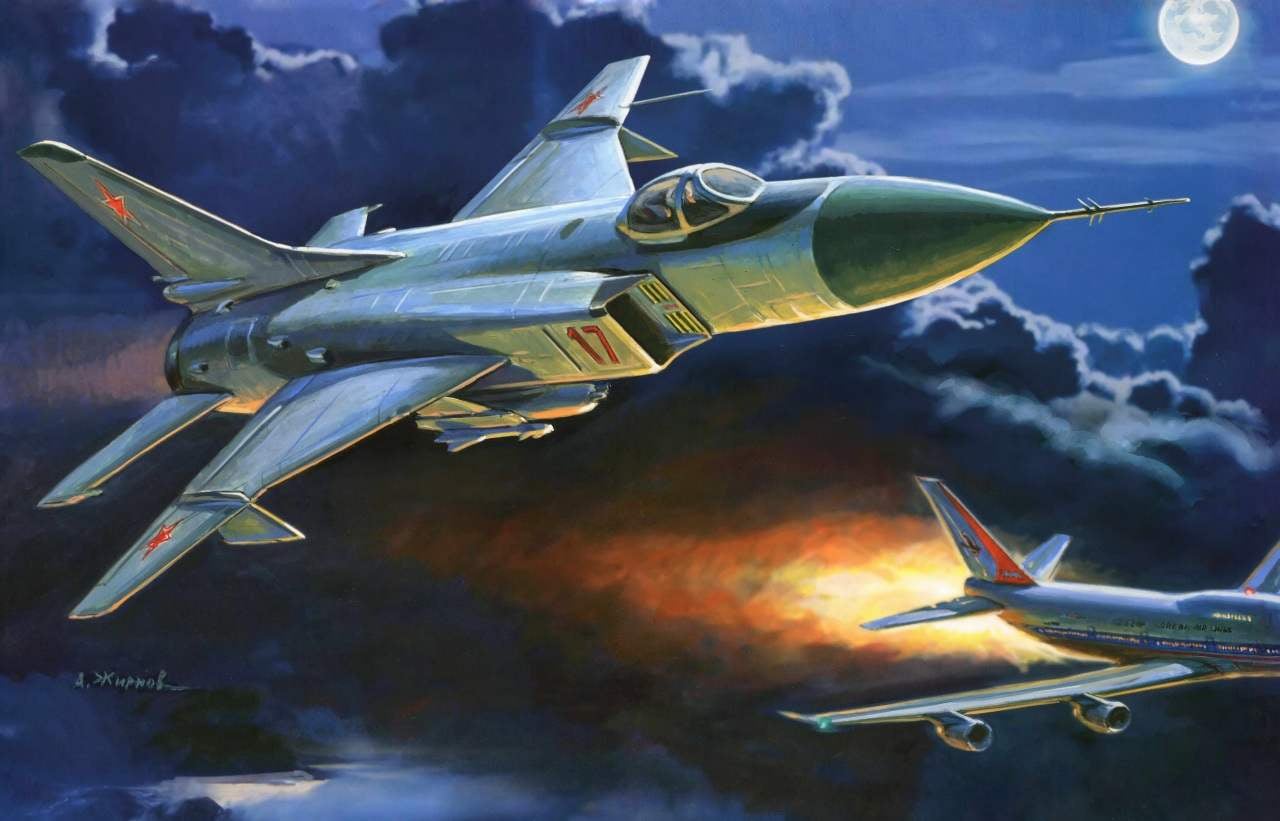
 The rebirth of experienced design Bureau, which was headed by the famous Soviet aircraft designer Pavel Osipovich Sukhoy, occurred in 1953. The new experimental design Bureau had to engage in the process of creating a jet aircraft, catching up with gone far OKB Yakovlev, A. Mikoyan, Ilyushin and Tupolev. And in 1955, flew up in the air single front-line fighter su-7 turbojet engine AL-7F, marked the beginning of a large range of modifications and became the first production supersonic aircraft General designer and his design.
The rebirth of experienced design Bureau, which was headed by the famous Soviet aircraft designer Pavel Osipovich Sukhoy, occurred in 1953. The new experimental design Bureau had to engage in the process of creating a jet aircraft, catching up with gone far OKB Yakovlev, A. Mikoyan, Ilyushin and Tupolev. And in 1955, flew up in the air single front-line fighter su-7 turbojet engine AL-7F, marked the beginning of a large range of modifications and became the first production supersonic aircraft General designer and his design.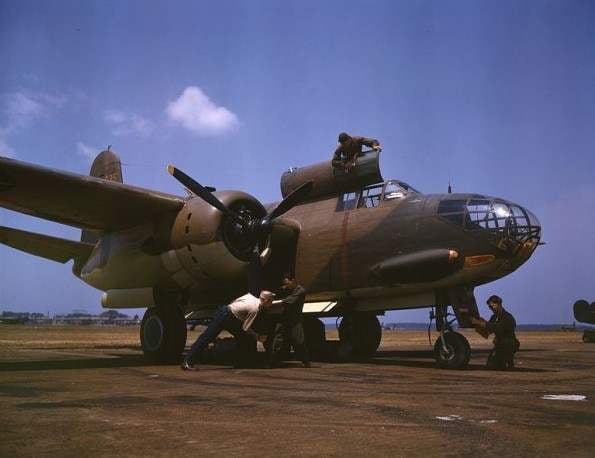
 American Douglas aircraft company was founded in 1921 by aircraft Donald Wills Douglas. Among the first aircraft issued by the firm were the torpedo bombers, passengers, mail and transport machine. One of the landmark cars of the company became the passenger all-metal aircraft with retractable landing gear DC-3 (military version C-47), issued in the amount of more than 10 thousand copies.
American Douglas aircraft company was founded in 1921 by aircraft Donald Wills Douglas. Among the first aircraft issued by the firm were the torpedo bombers, passengers, mail and transport machine. One of the landmark cars of the company became the passenger all-metal aircraft with retractable landing gear DC-3 (military version C-47), issued in the amount of more than 10 thousand copies.

 The rapid construction of the armed forces began in Germany with the rise to power of Adolf Hitler. Moreover, all types of weapons developed in accordance with far-reaching plans of the führer for the establishment of a new world order.
The rapid construction of the armed forces began in Germany with the rise to power of Adolf Hitler. Moreover, all types of weapons developed in accordance with far-reaching plans of the führer for the establishment of a new world order.
 (The end. Beginning at No. 11’2004)
(The end. Beginning at No. 11’2004)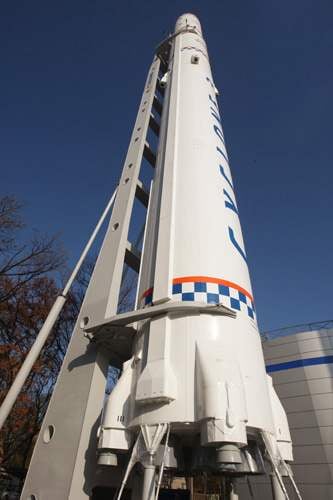
 The carrier rocket “Cyclone-3”. Early 60-ies of the last century was marked not only by competition in space between the USA and the USSR, but a nuclear arms race. The first examples of Intercontinental ballistic missiles (ICBM), the Atlas in the US and R-7 in the USSR did not have a high readiness for use as an oxidizing agent with a low boiling liquid oxygen. The military of both countries felt the need to be armed with missiles that could be in constant readiness.
The carrier rocket “Cyclone-3”. Early 60-ies of the last century was marked not only by competition in space between the USA and the USSR, but a nuclear arms race. The first examples of Intercontinental ballistic missiles (ICBM), the Atlas in the US and R-7 in the USSR did not have a high readiness for use as an oxidizing agent with a low boiling liquid oxygen. The military of both countries felt the need to be armed with missiles that could be in constant readiness.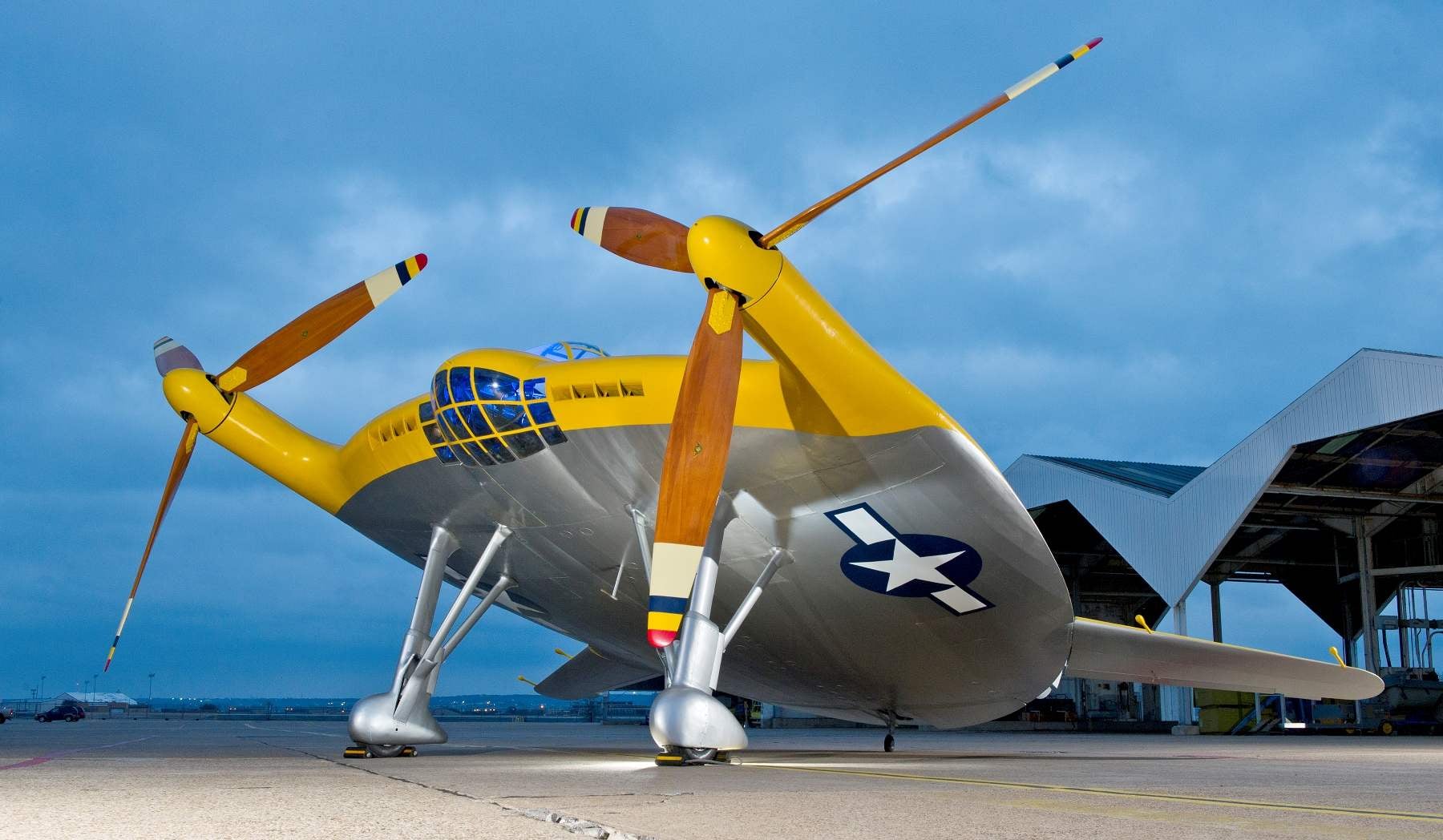
 The experimental carrier-based fighter XF5U-1. In the 1940s, the American engineer Charles Zimmerman has created a unique aircraft aerodynamic configuration, which still continues to surprise not only for its unusual appearance, but also performance For their unique appearance, he has received numerous nicknames, among them such as “Flying parachute”, the “Flying pancake” and “Skimmer Zimmerman” Modern historians of aviation klassificeret this aircraft as the first fighter short takeoff and landing.
The experimental carrier-based fighter XF5U-1. In the 1940s, the American engineer Charles Zimmerman has created a unique aircraft aerodynamic configuration, which still continues to surprise not only for its unusual appearance, but also performance For their unique appearance, he has received numerous nicknames, among them such as “Flying parachute”, the “Flying pancake” and “Skimmer Zimmerman” Modern historians of aviation klassificeret this aircraft as the first fighter short takeoff and landing.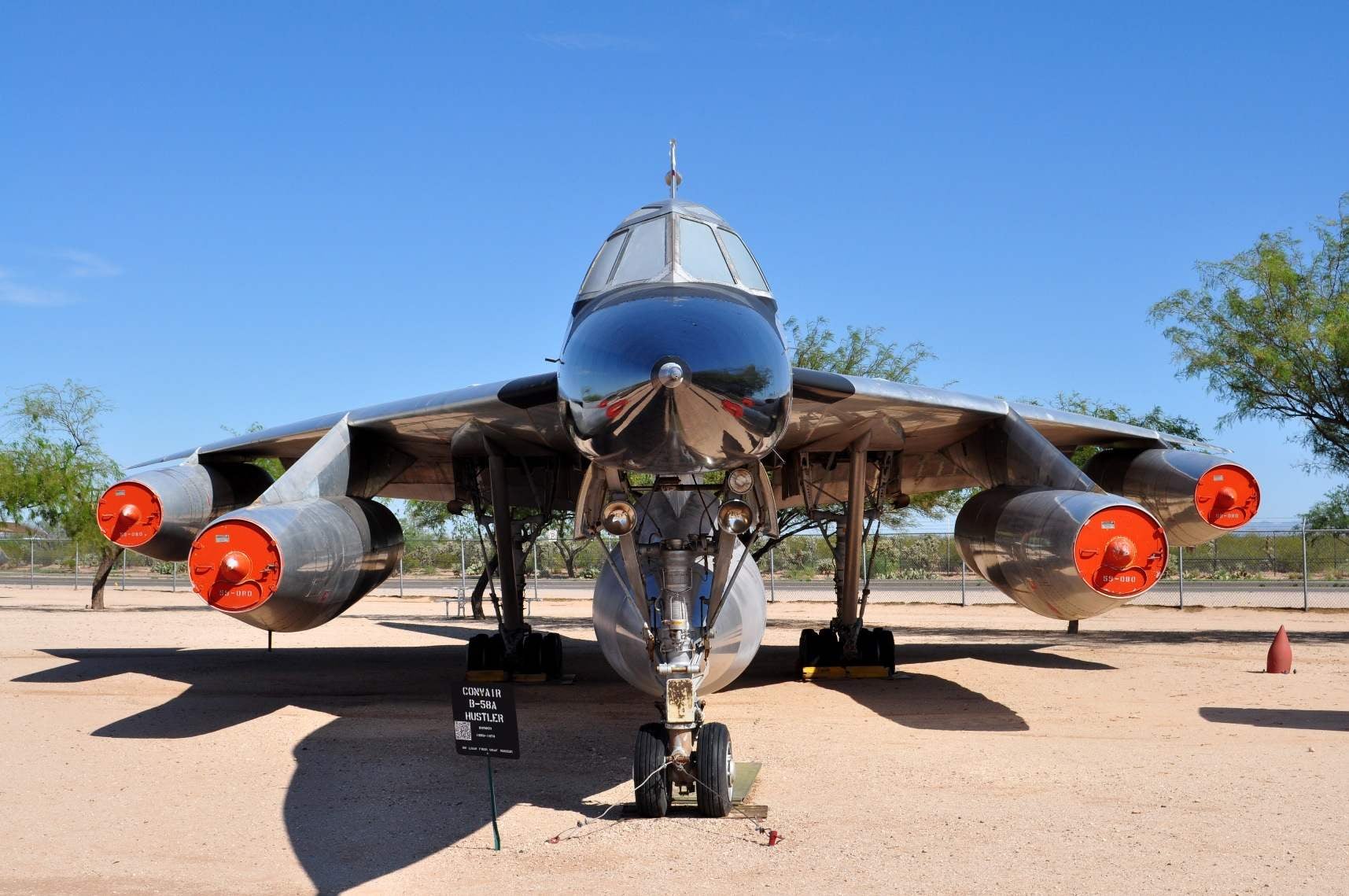
 (Continued. The beginning in № 3 2005)
(Continued. The beginning in № 3 2005)